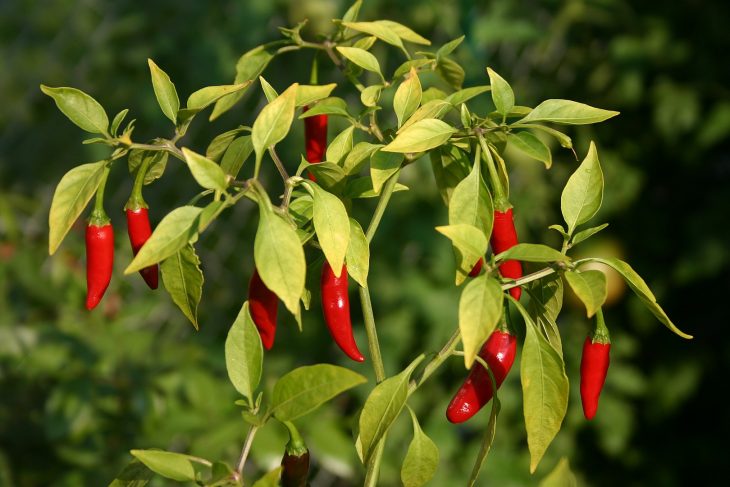
Although it’s the main ingredient of Peri-Peri chicken, not many people know about birds eye chili. While used in many condiments and food across the world, the average person probably wouldn’t be able to distinguish this chili from other peppers. However, the birds eye chili packs a strong punch for its small size. Find out more about this fascinating pepper with these spicy birds eye chili facts.
- Birds eye chili typically grows between 2 to 3 mm long.
- Each chili pod has between 10 to 20 seeds inside of it.
- The chili has a spiciness between 50,000 to 100,000 Scoville Heat Units (SHU).
- In contrast, jalapeno pepper only has a spiciness of around 5,000 SHU.
- A single chili pod only has around 18 calories.
- The birds eye chili originally came from Central America.
- Native Americans ate the chili as far back as 9,000 years ago.
- Europeans first noticed the chili when they arrived in the Americas in the 15th Century.
- The Spaniards and the Portuguese later brought the chili with them to Southeast Asia in the 16th and 17th Centuries.
- They also brought the chili with them to Africa at around the same time.
- The Europeans traded the chili in a dried form for other spices across Asia.
- Thai texts from that same time period mention the chili as a spice used in preparing venison.
- The chili resurfaced in poetry during the reign of King Rama II of Thailand in the 19th Century.
- Official royal cookbooks in Thailand from the 1940s also mentioned the chili.
- Today, international recipes interchangeably use the African and Asian variants of the chili.
- Birds eye chili comes in colors like dark green, pale green, red, and white.
- Ripe chili always has a red color.
- The smallest pods have the strongest flavor out of them all.
- Sodium is the primary mineral inside the chili.
- Other minerals in the chili include calcium and iron.
The name Birds Eye Chili has interesting sources.
As the name suggests, this small and round chili closely resembles a bird’s eye, especially when you look at it from the top-down or bottom-up. Additionally, this plant relies on birds to spread its seeds in the wild, usually through pooping the seeds out. Unlike mammals, birds don’t taste the spiciness of the chili, so they can eat much more in comparison.
It also has a lookalike Filipino cousin.
Locally known as siling labuyo, or simply labuyo, this chili gained a reputation as the Filipino Birds Eye Chili. Despite the similar name, the labuyo grows much longer and tends to grow downwards. That said, they do generally taste the same, with the same degree of spiciness.
The African variant of the Birds Eye Chili also has the name of peri-peri.
First brought to Mozambique by the Portuguese in the 16th Century, the Birds Eye Chili developed a local African variety. Largely similar in appearance, it can get more difficult to tell the African chilies from their Asian cousins.
One way to tell them apart is through their ripened color, as African chilies tend to develop a violet color instead of the red of their Asian cousins. Aside from their different color, African chilies can also grow spicier, reaching up to 175,000 SHU.
Its other name also has interesting sources.
While you may know it as a restaurant, the birds eye chili is also known as peri-peri. Peri-peri comes from the Swahili term, which literally translates to pepper. From there, it evolved into piri-piri as a loanword in Portuguese, eventually evolving into the English peri-peri.
African Birds Eye Chili has special fame for making peri-peri sauce.
Originally, African bird’s eye chili came from Portugal’s former colonies of Mozambique and Angola. It later spread to other former colonies, such as Namibia, then known as German Southwest Africa, as well as South Africa, under British rule.
Used as either seasoning or a marinade, the sauce combines the chili, garlic and an acidic or oily base. Other ingredients to adjust its flavor include salt and whiskey, though other spirits sometimes substitute for whiskey. You can also use an array of spices to make peri-peri sauce, including basil, bay leaves, paprika, and pepper among others.
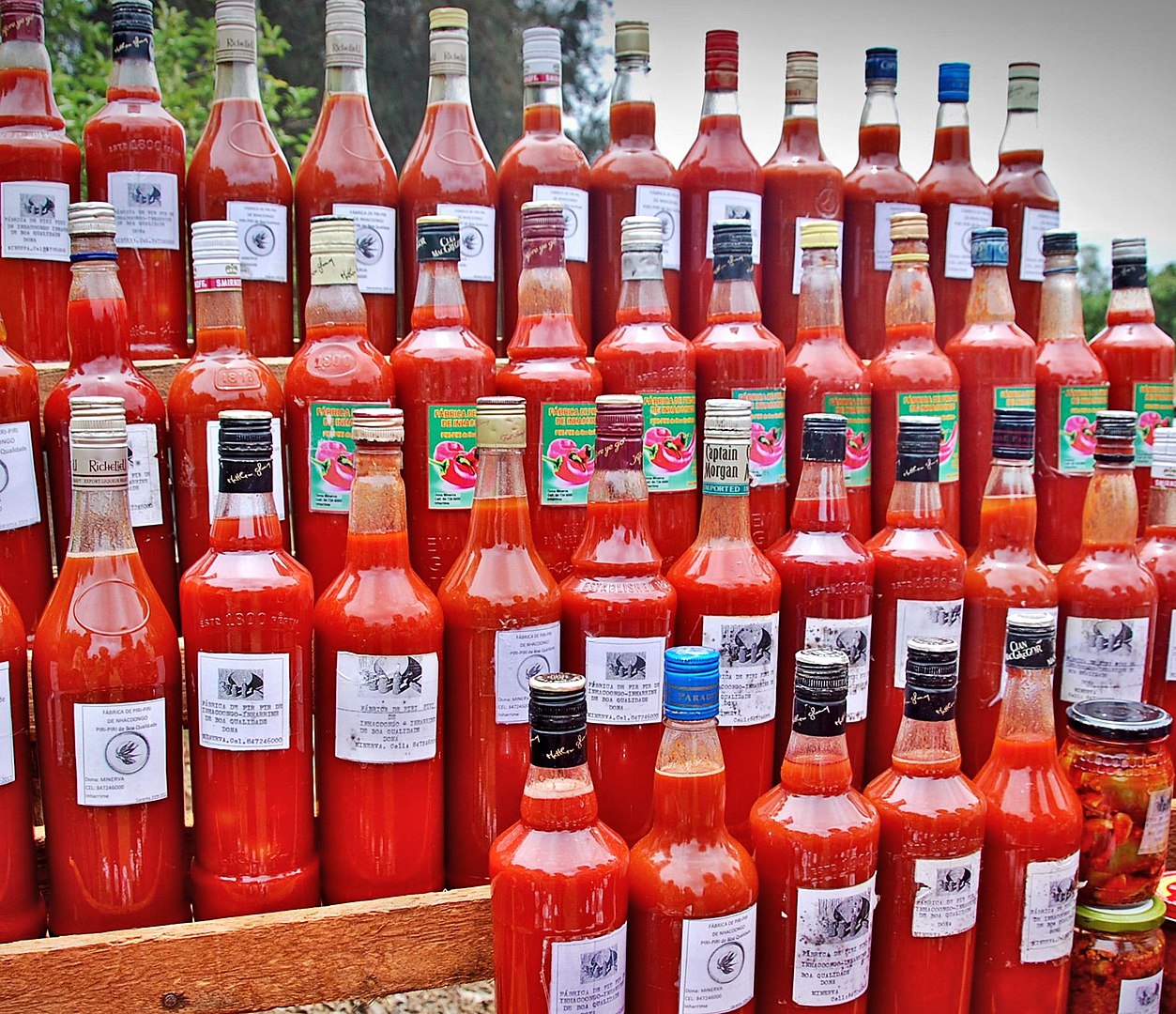
You can grow the chilies in your own home.
If you decide to grow birds eye chilis at home, remember that the chilies grow best in January or February. To prepare the seeds, you must soak them in water for about two weeks. Once the saplings sprout, you would then move them into potted earth.
It’s important to keep the soil moist, as chilies won’t grow well in hard and dry soil. From there, it can take up to 5 months for the chili plant to start flowering. In terms of ripening, it may take another 3 months for any chili pods to mature.
Growing chilies don’t like too much water.
Dry soil may be bad for chilis, but too much water can also be bad news for them. Overwatering can cause its roots to rot and die, which will essentially kill your chili.
Natural fertilizer remains the best for growing chilies.
While synthetic fertilizer could also work, farmers usually prefer natural fertilizer, such as bird guano. Otherwise known as bird poop, birds eye chilis depend on this guano to grow in the wild.
There are many ways to prepare the chili.
Before everything else, removing the chili’s inedible stem is a universal form of preparation. From there, the chili can be eaten whole or used in cooking. Other ways to prepare the chili include chopping, dicing, slicing, and even pureeing the chili. The seeds also tend to be spicier than the rest of the chili, which makes it common to remove these seeds in preparation.
When preparing chili, it’s best to wear gloves to keep yourself from harm. As the substance that makes chilis spicy, capsaicin oil can stay on your skin for hours. Without much care, you could accidentally pass the substance onto your eyes, which can be very painful.
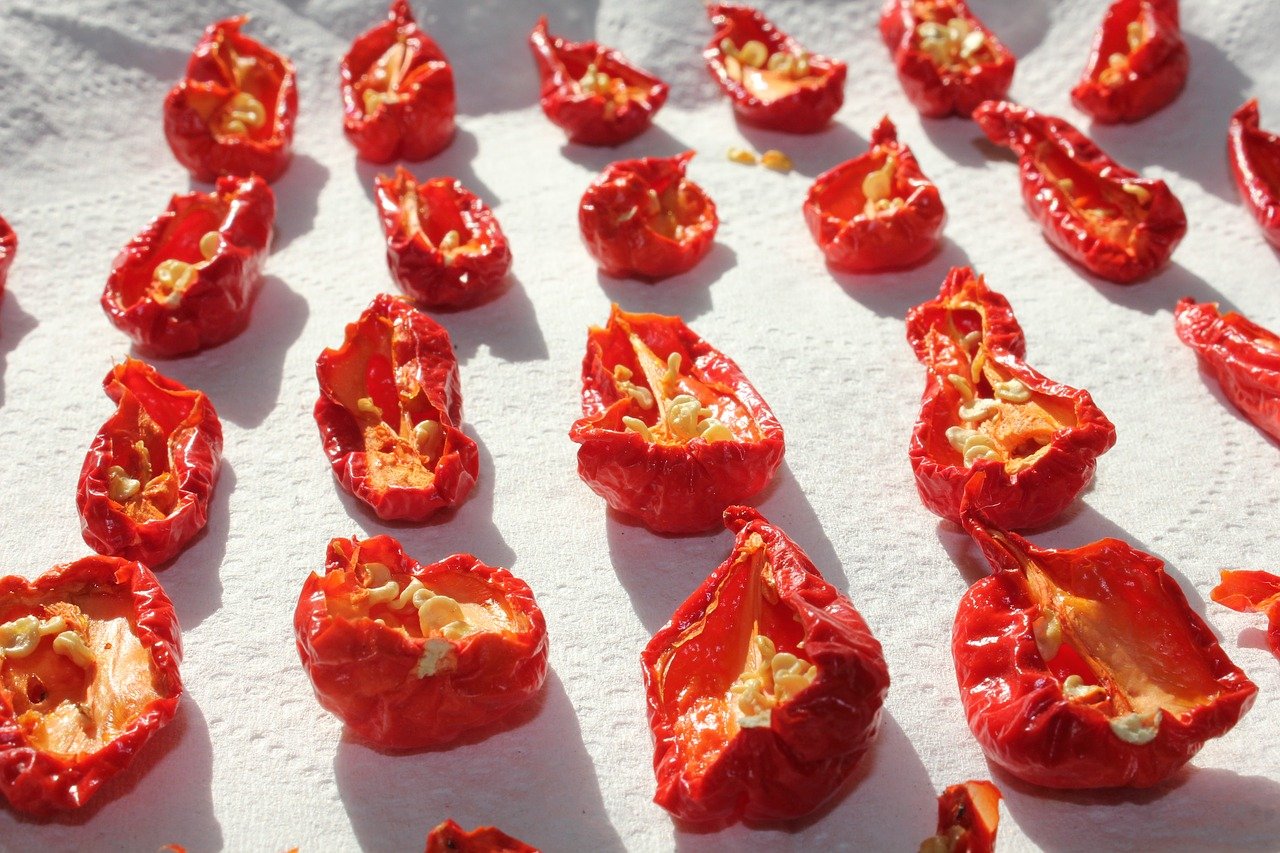
There are many ways to store chili.
Naturally, refrigeration is the easiest way to store the chili, though refrigerated chilis usually only last for 2 weeks. Even then, it’s important to keep them dry to prevent mold and spoiling. Freezing isn’t a viable way to store chili, as their thin skin can cause them to break apart once frozen.
For long-term storage, pickling and drying chilis can make them last for up to a year, even at room temperature.
They have plenty of other nutrients too.
In terms of nutrition, these chilies are rich sources of Vitamin A, Vitamin B6, and Vitamin C. For a 45-gram chili pod, birds eye chilis only contain around 2 grams of fat on average.
The chilies can improve a weak appetite.
Aside from giving chilis their spicy kick, capsaicin also encourages stomach activity and bowel movement. This, in turn, makes people feel hungrier, thus encouraging them to actually eat. Moderate amounts of capsaicin may also help deal with excessive flatulence.
They can also help people who want to lose weight.
The capsaicin in the chili actually reduces the number of calories that the body gets from food. It also speeds up the body’s metabolism, causing it to burn more calories instead of putting them away in the form of fat.
The chilies also have other medicinal benefits.
Generally speaking, capsaicin has an analgesic effect that eases any pain the body currently feels. This also explains why chili patches can be used to treat body pain. Aside from its external benefits, capsaicin also helps reduce cholesterol levels, blood sugar levels, and even helps lower blood pressure.
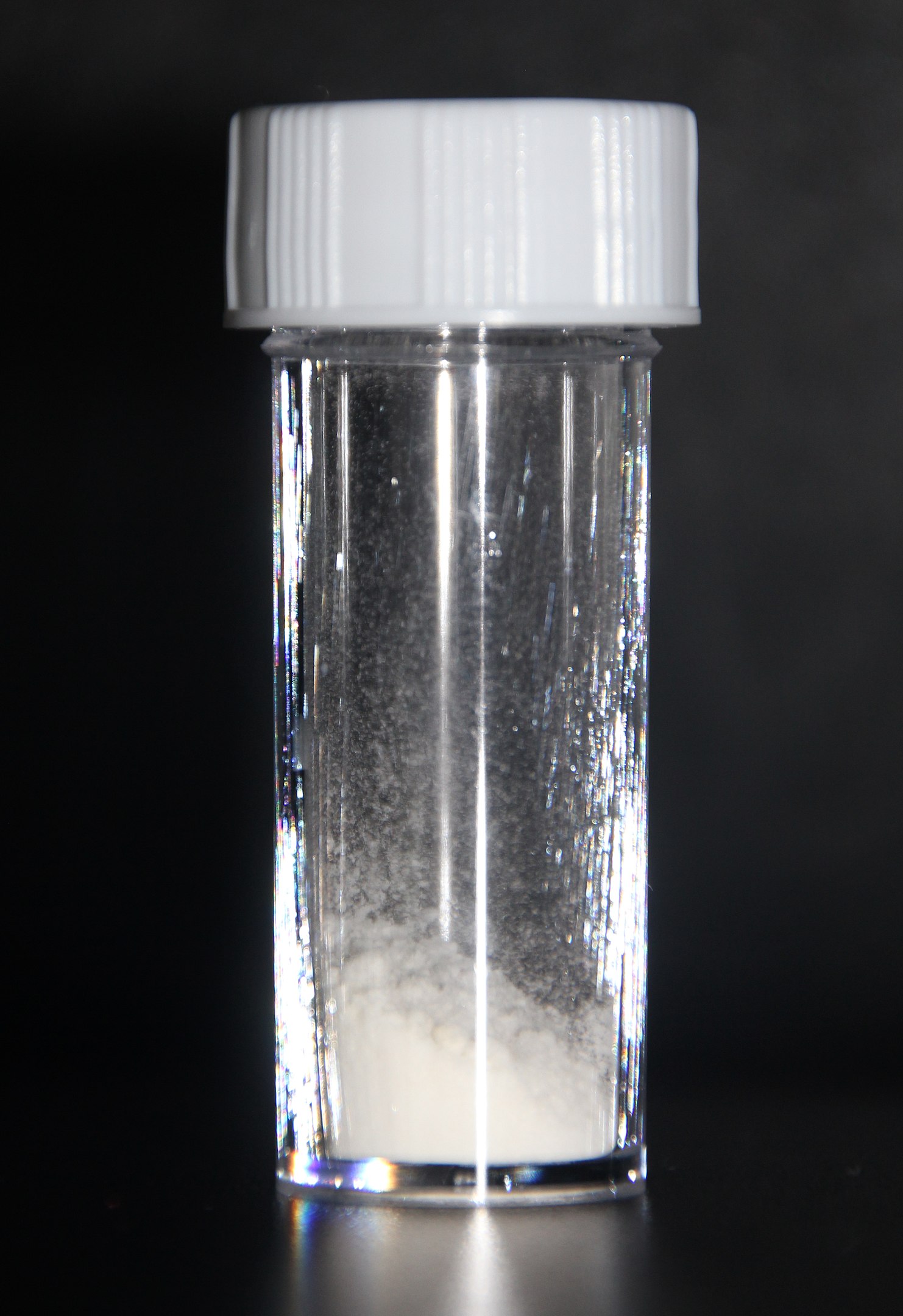
Some people should avoid eating chilies for health reasons.
While chilis have medicinal benefits, you should still consider your overall digestive health before going crazy on the peppers. In certain amounts, chilis can become problematic for people suffering from ulcers or heartburn.
The chili plant hibernates.
In the latter part of the year, chili plants stop flowering. That said, chilis can only bear fruit once a year. During their hibernation, it’s still important to care for chili plants. While they can withstand cold weather, chili plants would still wither and die in temperatures below 10°C.
Thais use the chilies for making curries.
One dish that uses the birds eye chili as a base is Khao Soi from Northern Thailand. Made with either egg noodles or rice, this dish features a coconut milk-based sauce mixed with chili. Another example of a Thai dish made with chilies is chicken curry soup. Like Khao Soi, it uses coconut milk as a base, cooked with chicken and chicken broth, as well as curry paste. Again, chili adds flavor, along with other seasonings such as a dash of lime juice.
They also sometimes use chilies with peanuts.
Another common way to cook chili is by chopping them up with garlic and peanuts, before mashing them together to form a paste. The paste is then stir-fried in oil, with seasonings including chicken stock, fish sauce, and soy sauce. After simmering, they use the sauce for meat such as chicken, serving it with more crushed peanuts and even red pepper flakes.
Indonesians use the chilies to make meat salsa.
Another dish that uses birds eye chili is the Indonesian Sambal Matah. For this dish, shrimp paste is toasted in a pan over medium heat. From there, the paste would be seasoned with salt and sugar, as well as bit of lime juice to give it some zest.
While the paste cools, the vegetables are chopped up, including, chili, garlic, lemongrass, peppers, shallots, and tomatoes. Finally, the paste would be combined with the vegetable mix to form the salsa.
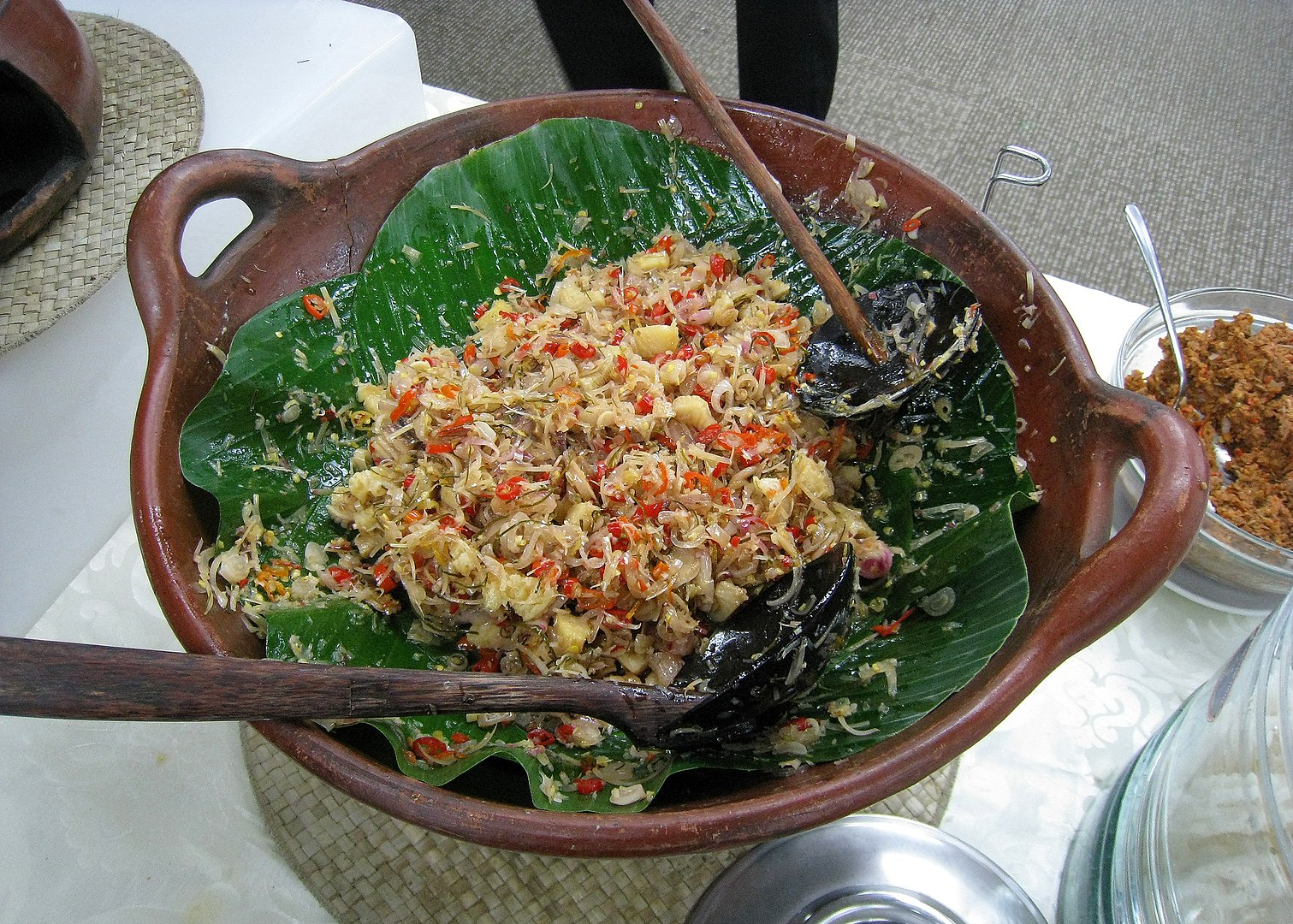
The Indonesians also sometimes use the chilies for fruit salad.
Known by the locals as rujak, this interesting dish uses chilis for its sauce. After boiling sugar water, they combine the syrup with spices and seasonings like chili, but fish paste, tamarind juice, and even whole peppers. Upon simmering the mix, they would let it cool and serve it over the fruit salad for a unique flavor.
Was this page helpful?
Our commitment to delivering trustworthy and engaging content is at the heart of what we do. Each fact on our site is contributed by real users like you, bringing a wealth of diverse insights and information. To ensure the highest standards of accuracy and reliability, our dedicated editors meticulously review each submission. This process guarantees that the facts we share are not only fascinating but also credible. Trust in our commitment to quality and authenticity as you explore and learn with us.
